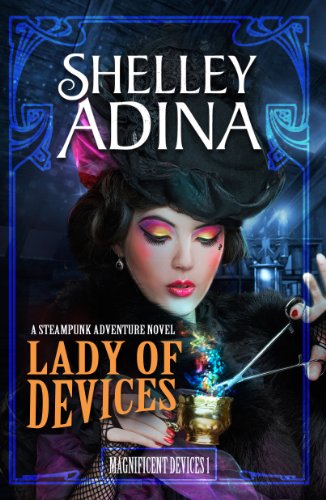Viva Voce: Dry run
What we would call the dissertation/thesis defense in the States is called a “viva voce” in the UK, where I’m earning my PhD in Creative Writing. My viva is scheduled for July 26, but this morning, my supervisor and I had a dry run, where he asked me the kinds of questions the examiners might pose on the day.
Thank goodness for the dry run. I’m the kind of person whose anxiety rises when I don’t know what to expect (the reason sweetie never throws a surprise party for me). But afterward, I felt much calmer after having fielded questions that, while I didn’t expect some of them, at least have given me the chance to think along different lines just in case they come up again.
What kinds of questions, you ask? Well, here are a couple in connection with my thesis novel, a historical women’s fiction set in 1927 in the town of Holy City, California, now a ghost town.
Q: Why did you make one of your characters hapa, or mixed race, when all the other characters are white and so are you?
A: Holy City was known for its doctrine of white supremacy and racism, one of the reasons it failed so spectacularly in the end (it literally went up in smoke). One of my protagonists is Lucille Riker, the prophet’s wife, and the other is Clara Cercatore, a mixed-race divorcee of 24. One is the mother superior of the town, the other is looking for a place to belong. And that’s the crux of it–my story question was, why did both women stay when it was so emotionally and socially unsafe there for each one? Lucille stays because she has a place of respect in this community, where her writing is respected. (My project includes 90,000 words of Lucille’s poetry, which I collected from archives from Yale to Riverside.) She trades her husband’s faithlessness (he cheated on her repeatedly) for the faith of the disciples. Clara is looking for community and a place to belong, but to stay in Holy City she has to pass for white and hide who she really is. Lucille is willing to strike that bargain. Clara, in the end, isn’t. What saves her is female friendship, which was on offer in Holy City, just not for her. She finds it, as many of us do, outside the confines of the cages around us.
Q: What connection exists between the mobility of people in the novel (cars, trains, highways) and the speed at which the narrative moves?
A: The time span of the novel is the summer of 1927 to the late winter of 1928. So much happened in these few short months that it was an effort to choose which events to work into the plot and which to leave out. The 15 fires set by a rich firebug that summer kicked things off. After Charles Lindbergh’s flight across the Atlantic, aero-mania hit Holy City, which led directly to the Rosencrantz affair that formed the central crisis of the novel. That caused a knock-on effect of constant coverage in the newspapers. How do you work all this in without it sounding like a newscast? This is where my training and experience in writing genre fiction came in. What to leave in and what to leave out. Pacing. Tying events together logically so you don’t have the dreaded “string of pearls” or episodic plot. Creating a plot out of historical events. The fact that my supervisor observed mobility in the narrative as well as in the setting was a happy outcome.
Q: The addition of historical texts (newspaper articles, letters, signage) causes friction with the fictional narrative. Why did you add these texts?
A: I feel a responsibility to the folks around Holy City who have grown up with its story to make the novel as “real” as possible while also giving my interpretation of “true.” Not the same thing, right? This whole adventure was triggered by our coming into possession of the personal papers of Irvin Bryant Fisher (1881–1980), Riker’s first disciple and bishop. Who wouldn’t want to use this fabulous trove of documents spanning the years 1909–1976? That was one of the first things I decided: Use the documents! In the end they served the function of a Greek chorus, remarking on the action of the characters, giving warnings, causing things to happen. And since they’re indisputably real, when someone demands, “How much of this is true?” I can say, “It’s all true. And about 75% of it is real.” Heh.





